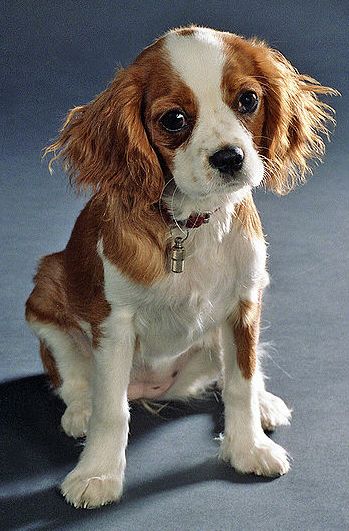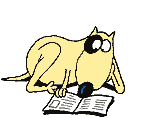 |
||
Is the Cavalier King Charles Spaniel the right dog for you?The origins of the Cavalier King Charles Spaniel lies in 16th century England, and its aristocratic families who doted on the Cavaliers' forebears. Developed from Toy Spaniels and the King Charles Spaniel, who were amongst the few breeds of dogs in canine history that were selectively bred with no plan for them to do any work. They were the 'pet' companions of royalty and their noble associates, and like their owners' they lived a very privileged life. According to reports it was Roswell Eldridge, an American dog fancier, who in the 1920's, offered a cash prize to any breeder who could exhibit a King Charles Spaniel that resembled the toy dogs portrayed in a painting of King Charles II and his pet spaniels. That challenge was taken up so that by 1928 the break from the slightly smaller, short-snouted King Charles had been achieved, and with that the reign of the modern day Cavalier King Charles Spaniel had just begun. In the 1940's the breed was assigned the pre-fix Cavalier to distinguish them from other strains. And in 1952 the first Cavaliers were exported to America, but it took till 1996 before they were recognised by the American Kennel Club and classified in to the Toy Group. The Cavalier stands around 12-13 inches at the shoulder and weighs in at around 14-18lbs. These dogs have beautiful silky coats, and the colours divide up in to 4 groups: Ruby-which is solid red; King Charles-black with tan markings; Blenheim-a rich chestnut on a white background; Prince Charles-black, white and tan markings. Their most prominent, and attractive feature is their large, dark, expressive eyes that reveal their intelligence and amiability. 
The Cavalier King Charles Spaniel is a first time owner's dog and can be an everyman dog. Very much a pet and companion dog, he needs human company and will suffer without it. He can easily settle in to apartment life, providing he gets to enjoy plenty of on and off the lead exercise on a regular daily basis. Training a Cavalier isn't difficult, these sweet little dogs really want to please their owners, and go out of their way to achieve that goal. It's still a good idea to take your Cavalier to puppy socialisation classes to help him to respond quicker and easier to all of the challenges and experiences that life has in store for him. If you have other pets, then there's no problem as these dogs easily fit in to virtually any type of lifestyle. Keeping the Cavalier's beautiful coat in tip top condition requires regular daily grooming to keep it free from matts and tangles, but it should never be trimmed. Feeding doesn't present a problem, just a healthy, nutritious diet, but you must keep an eye on his waistline, as they are prone to obesity. The Cavalier, like many popular breeds suffers from health problems that are usually related to genetic failings. Mitral valve disease and syringomyelia are quite common, and serious. If you decide to buy a Cavalier King Charles Spaniel you must make sure that you get in touch with reputable breeders, and your first port of call to achieve that must be the Cavalier's own breed club. If you're looking for a dog that is an excellent family pet, friendly, playful, loyal, intelligent, and a truly admirable companion; then perhaps the Cavalier King Charles Spaniel is the right breed of dog for you.

| ||
|
| Dog Breeds Start Page | Dog Health Start Page. |Dog Videos. |Dog Names Start Page |Puppy Training Guide | Return to Homepage Or you can .........
|
||
|
|
||